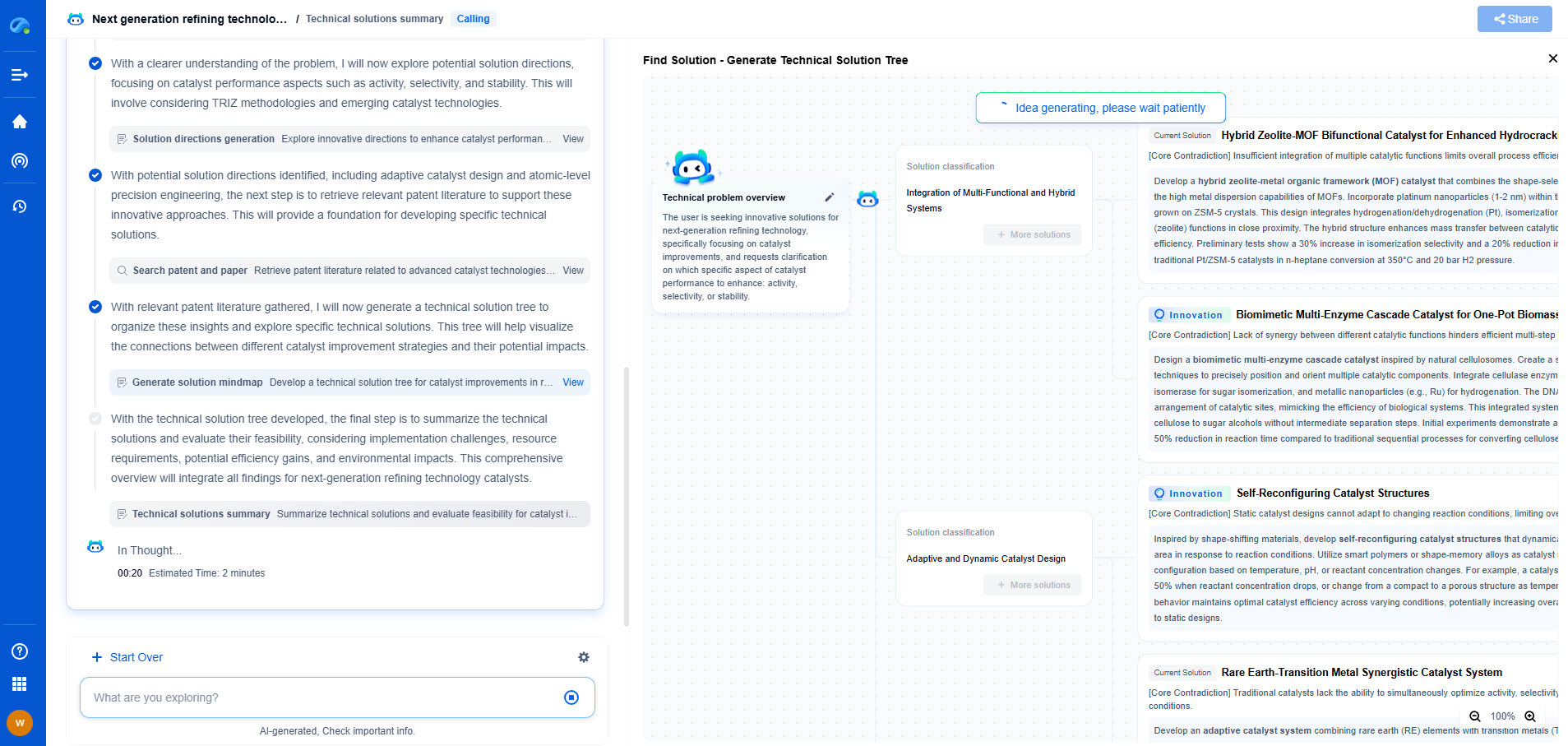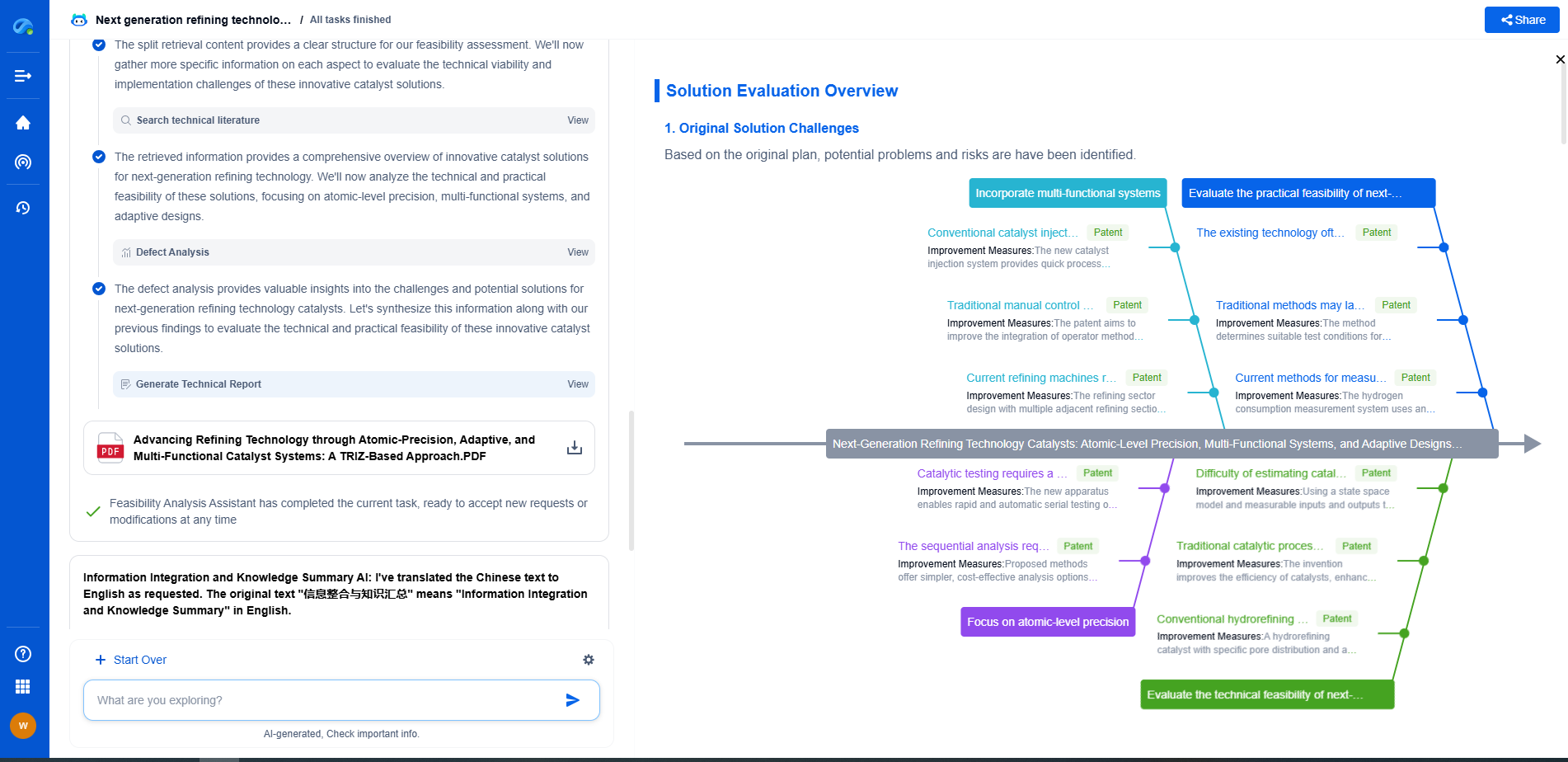Strain gauges are sensors used to measure strain (deformation) in materials under stress. They operate on the principle that a material’s electrical resistance changes when it is stretched or compressed. Typically made of metallic foil, strain gauges are bonded to the surface of the object being tested. As the object deforms, the strain gauge deforms proportionally, allowing precise measurement of mechanical stress. They are essential in structural testing, aerospace, civil engineering, and biomedical applications.
How Strain Gauges Work
A strain gauge is essentially a sensor that converts mechanical motion into electrical signals. It typically consists of an insulating flexible backing that supports a metallic foil pattern. When an object deforms due to an applied force, the strain gauge attached to it also deforms. This deformation causes a change in the electrical resistance of the foil, which can be measured accurately.
The basic working principle of a strain gauge is grounded in the concept of electrical resistance and the physical property known as the gauge factor. The gauge factor is a constant that relates the change in electrical resistance to the mechanical strain experienced by the material. This relationship allows engineers to quantify the amount of force or pressure being applied to a particular area.
Types of Strain Gauges
There are several types of strain gauges, each designed for specific applications and conditions. The most common types include:
1. Foil Strain Gauges: These are the most widely used strain gauges, consisting of a metallic foil pattern mounted on a flexible backing. They are versatile and can be easily attached to various surfaces.
2. Wire Strain Gauges: These gauges use thin wires and are preferred for high-temperature applications due to their ability to withstand extreme conditions.
3. Semiconductor Strain Gauges: These gauges offer higher sensitivity compared to foil and wire gauges. They are used in applications requiring precise measurements.
4. Optical Strain Gauges: These utilize fiber optics to measure strain and are employed in environments where electromagnetic interference is a concern.
Applications of Strain Gauges in Measuring Force
Strain gauges have a wide range of applications across different industries. Some notable applications include:
1. Structural Health Monitoring: Strain gauges are used to monitor the integrity of structures such as bridges, buildings, and dams. By measuring deformation, engineers can detect potential weaknesses or failures before they become critical.
2. Load Cells: In weight measurement systems, such as scales, load cells equipped with strain gauges are used to convert force into measurable electrical signals.
3. Automotive and Aerospace Engineering: Strain gauges are employed in the testing and development of vehicles and aircraft to measure stress and ensure safety and reliability.
4. Medical Devices: Strain gauges are also used in medical devices, such as prosthetics and orthopedic implants, to monitor stress and strain on materials.
Key Considerations When Using Strain Gauges
While strain gauges are indispensable tools, their effectiveness depends on proper installation and maintenance. To ensure accurate measurements, it is vital to:
- Calibrate the Gauge: Regular calibration is essential to maintain accuracy and reliability.
- Ensure Proper Installation: Strain gauges must be carefully attached to ensure that they accurately reflect the strain on the object being measured.
- Consider Environmental Factors: Elements such as temperature, humidity, and electromagnetic interference can affect readings, so appropriate precautions must be taken.
Conclusion
Strain gauges are vital tools in the measurement of force and deformation in various applications across numerous industries. Understanding their working principles, types, and applications helps in selecting the right type of strain gauge for specific needs. With advancements in technology, strain gauges continue to evolve, providing even more precise and reliable measurements, ensuring the safety and efficiency of countless systems and structures.
What Is a Strain Gauge and How Does It Measure Force?
JUL 14, 2025 |
From 5G NR to SDN and quantum-safe encryption, the digital communication landscape is evolving faster than ever. For R&D teams and IP professionals, tracking protocol shifts, understanding standards like 3GPP and IEEE 802, and monitoring the global patent race are now mission-critical.
Patsnap Eureka, our intelligent AI assistant built for R&D professionals in high-tech sectors, empowers you with real-time expert-level analysis, technology roadmap exploration, and strategic mapping of core patents—all within a seamless, user-friendly interface.
📡 Experience Patsnap Eureka today and unlock next-gen insights into digital communication infrastructure, before your competitors do.
- R&D
- Intellectual Property
- Life Sciences
- Materials
- Tech Scout
- Unparalleled Data Quality
- Higher Quality Content
- 60% Fewer Hallucinations
Browse by: Latest US Patents, China's latest patents, Technical Efficacy Thesaurus, Application Domain, Technology Topic, Popular Technical Reports.
© 2025 PatSnap. All rights reserved.Legal|Privacy policy|Modern Slavery Act Transparency Statement|Sitemap|About US| Contact US: help@patsnap.com

